A new park is rising from the waters of Lake Ontario in Mississauga, Ont. and the speed in which it is evolving would probably please, maybe even thrill, former city councillor Jim Tovey.
Being built right in the lake from construction debris, the 1.6-kilometre-long, 26-hectare Jim Tovey Lakeview Conservation Area is named in his honour.
A former Citizen of the Year who died in 2018, Tovey was a major proponent of the park, which extends along the south edge of the G.E. Booth Wastewater Treatment Plant from the Marie Curtis Park on Mississauga’s easterly border with Toronto west to the new Lakeview Village development on the site of Ontario Power Generation’s (OPG) former Lakeview Generating Plant.
The $60-million project is a joint-venture partnership between Credit Valley Conservation, Toronto Region Conservation Authority and Peel Region. Construction started in 2016 and will be completed in 2025, says Credit Valley Conservation manager of capital projects and assets, Jesse de Jager.
“We’re on track, on schedule, and on budget. The land form is basically complete, the fill material is at the 85-per-cent stage and the cap at about 60 per cent.”
Thousands of cubic metres of construction rubble from pre-approved suppliers, which otherwise would have gone to landfill sites, was used to erect an eight-metre-wide berm wall to protect five containment cells. In the deepest part of the lake, stretching from about the park’s mid-point westerly, the berm is being reinforced with two layers of armourstone. The eastern shoreline will consist of cobblestone thanks to the creation of three armourstone islands which will function as break walls.
“The islands will restrain the energy of the lake.”
As for the cells, they are in different stages of a Cinderella-like transformation into meadows, forests, trails, gathering spaces, and two wetlands. They are being formed with reused fill from Peel Region’s own infrastructure projects and will be capped with clean fill, also from pre-approved suppliers.
An average daily count of 140 trucks have entered and exited the site since construction started, with, at one stage, that figure reaching 350.
“We were down to about 60 trucks last month.”
At this stage of the project, 1.2 million cubic metres of fill has been placed, more than 254,300 cubic metres of construction rubble reused, 20,748 trees and shrubs planted, and five hectares of new wetlands created, he says.
There are two wetlands, the Serson and the Applewood, named after the Serson and Applewood Creeks. Located on the west side of the conservation area, the Serson Wetland has been completed and is now the home of 20,000 native wetland plants, with 1,000 native trees around the perimeter. The creeks will be diverted into the wetlands and restored into more natural watercourses with thousands of trees and shrubs, he says.
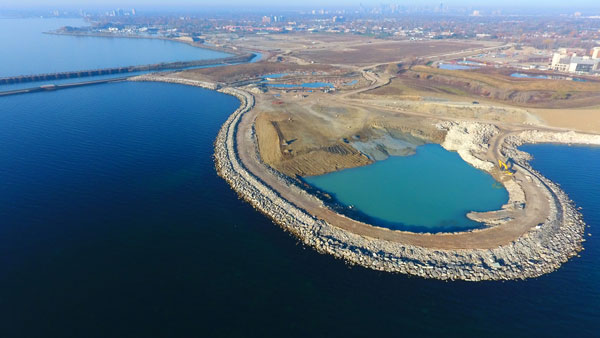
About 500 metres of the Serson Creek is currently buried and flows through a pipe under the G.E. Booth Wastewater Treatment Facility with no physical connection to Lake Ontario for fish to live or travel upstream.
The restoration will get underway later this spring with the assistance of the Lakeview Community Partners, the developers of Lakeview Village. It will be “daylighted” and fish will once again be allowed to move up and live in the watercourse, something that hasn’t occurred in decades. After this phase of the project is finished, the creek will reconnect Lake Ontario to its upper portion through the Lakeview Village lands, he says.
In highlighting the collaboration with the development consortium, de Jager cites other benefits. Concrete debris from the old OPG facility is being used to accelerate the construction of the cells, eliminating the expensive process of trucking the concrete offsite and also facilitating faster site work on the Lakeview Village lands.
“It (the collaboration) is win-win for both parties.”
A temporary truck access to the park is also on the developers land and will eventually be restored, he says.
Construction of the Applewood Wetland and the extension of the Applewood Creek, which are on the park’s east side, should be finished later this spring, says de Jager.
For a project of such monumental scale, the construction of the Jim Tovey Lakeview Conservation Area is “going remarkably well.” The main challenge was the planning, design, and the co-ordination among the two conservation authorities and the Region of Peel, he says.
“It will be spectacular. For the first time in generations residents in the community, which is called Lakeview, will have a chance to see the lake,” says de Jager, in commenting on what the conservation area will look like when it’s open to the public in a few years’ time.


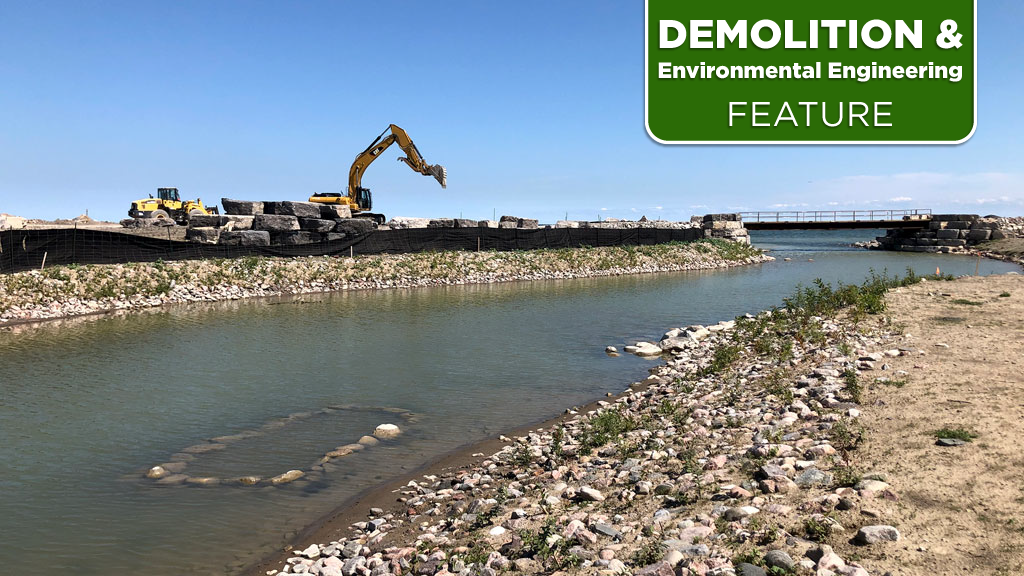
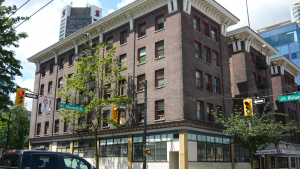


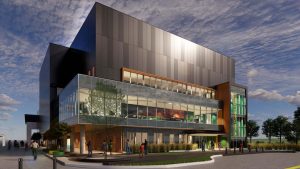
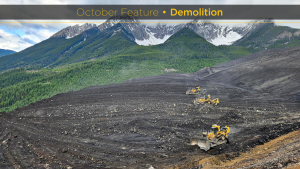
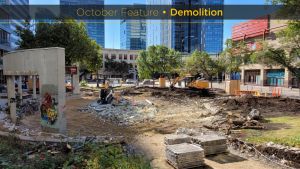


Recent Comments
comments for this post are closed